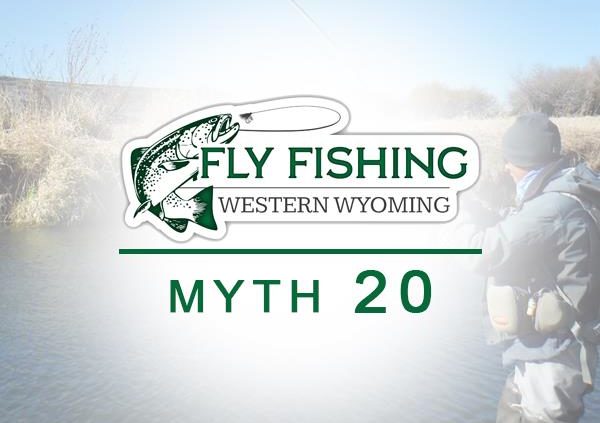Stinger Hooks and Articulated Flies
Stinger Hooks and Articulated Flies
I hear this and see it manifested in fly boxes and fly shops across the country. I believe that while stinger hooks and articulated flies may contribute to more fish hooked, on most occasions the benefits are not nearly as significant as advertised. Let’s discuss stinger hooks first (a hook attached to the rear part of a fly). Over the years, I’ve made 4 observations that lead me to doubt the efficacy of stinger hooks – especially when pursuing large fish.
Observation #1 – When fishing flies with 2 hooks, one in the front and one in the back, almost all large fish are hooked on the hook closest to the head.
Observation #2 – I have hooked two big fish on a stinger that I wish I hadn’t. The first one hooked through the eye and the second through the gill area. Both died. I believe these fish hit the head area and the stinger caught them in the face on the way by – during the strip set.
Observation #3 – It seems to me that flies with stinger hooks foul more often than flies of equal design without stinger hooks. The added weight of the hook creates momentum which later leads to the “wrap”.
Observation #4 – Related to the above observations: I was sitting on the bank of the Hams Fork having lunch with a couple of clients. We observed a big (24”) fish in a sand pocket in the middle of the river. A smaller fish kept intruding on the big fish’s territory and the big fish kept chasing it away. After a few futile attempts to dissuade the trespasser, the big fish simply bit the little pest. The little fish was obviously injured and started swimming away erratically. I jumped off the bank and netted the injured fish. Its head was smashed. I have seen the same thing when hooking, in both fresh and saltwater, a smaller fish and then watching a bigger fish come out and attack it. On every occasion, the injury has been to the head.
Conclusion: To me at least, stingers are not worth the trouble.
Articulated Flies – With and Without Stingers
These flies have a place in my box. A big fly especially (5” – 7”) will benefit from articulation. (The back half of the fly is attached to the front half with mono, dacron, or other flexible material.) I simply don’t use them much because big ones are work to cast – especially at distances. They are also harder to tie and more expensive to buy.
For trout fishing, I like casting a 10’ 5wt. when streamer fishing, and while I can do so with a big 7” fly, it simply isn’t much fun. Nor do I like using a 7wt or 8wt if I can help it. In saltwater, most of my fishing is on the flats and smaller flies usually work better, plus I can have fun with a 6wt or 7wt rod.
As a result, I tie and use smaller 1”- 3” flies with built-in movement. By using materials like schlappen, maribou, raccoon, rabbit, and squirrel, as well as creating various head shapes with deer hair and other materials, a fly can be made to move really well – without articulation.
By the way, 75% of the time, I fish with 2 streamer flies, one chasing the other. I tie a double surgeon’s knot with a big tag end. I then tie on a smaller fly, with no weight, off the tag end facing down toward the tippet. I put a bigger fly about 2’ behind. Often times, fish will go right past the bigger fly and “steal” the little fly from under the big boy’s nose! The little fly is a smaller size 6 or 8. The bigger fly might be as large as a size 0 4x long with varying degrees of weight. I can add split shot to the leader or use a sink tip to get the flies down a bit. This system often elicits a strike when a single fly fails to do so!
This is strictly personal preference based on my priorities. (Having fun casting, even if at the possible expense of catching a few less fish.)




Leave a Reply
Want to join the discussion?Feel free to contribute!